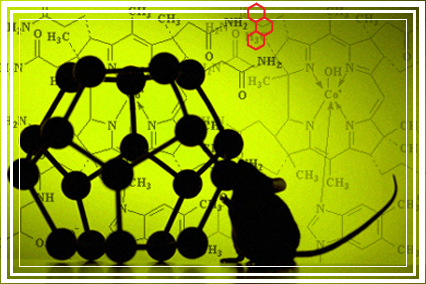TIMES 2.31.2 released
February, 2022
TIMES 2.31.2 (Feb, 2022) is available for download.
I. Modifications in the platform
- The TIMES software requires activation of a License key with an expiration period (depending on the contractual issues) to allow working with the system.
- Optional export SMILES in DayLight format.
- Documented Metabolism database version is updated from 3.1.1 to 3.4.0 (Application (MetaPath) version 5.4.0).
- The list with cache files used for storing of pre-calculated results has been extended to accelerate the work with the system.
- EPIWin v.4.11 module is used for the calculations of logKow, Molecular weight and
- Water solubility parameters accounted in the parametric layer of the applicability domain.
- In case the calculation from EPIWin v.4.11 cannot be done, the old dll module (Syracuse University) is applied.
- TIMES requires installation of Microsoft.NET.
- Docking with OECD QSAR Toolbox ver.4.5.
II. Modifications in the models, existing and new functionalities
- The prediction workflow has been improved organizing all of the functionalities associated with: explain of the predictions, searching for analogues supporting prediction, analogues supporting simulated metabolism, domain information and reporting.
- New functionalities have been introduced in the software for:
o Evaluating adequacy of simulated
metabolism by providing:
- Experimental
support - finding analogues with documented
metabolism data based on selected criteria supporting selected
sequence of simulated transformations
- Theoretical
support - mechanistic justification of the
transformations
simulating metabolism
o Metabolic
similarity - comparison between chemicals and their
metabolites
based on selected criteria (e.g. similarity in metabolic
transformations, mechanistic or structural similarity, etc.)
o Reporting of metabolic
map - providing: IDs of parent and all generated
metabolites; the level of generation and predecessor of each
metabolite; indication for observed metabolite; quantities and
prediction results of metabolites; the transformations responsible
for generating the metabolites and their probabilities.
o Clustering -
grouping of chemicals based on selected criteria
o Entropy - removing less informative
chemicals based on selected criteria
o Similarity matrix - contingency table for
the similarity between chemicals
based on selected criteria
o Selection of representatives -
prioritization of the chemicals based on their
metabolic/structural similarity compared to the other chemicals in
the list
- Help files with more detailed information are provided within the software platform.
- Flexible search functionality has been extended with:
o Search by list (SMILES, Chemical
name)
o Search by Distance for Parameters
o Masks could be added if fragment search is
used
o Transformation search
- Improvements in the QPRF of the models - new organization of generation window, new appendix for analogues supporting metabolism, spell-check included for userdefined sections, save/load functionalities implemented.
- The classification of transformations` names has been improved for in vitro S9 and in vivo rat liver metabolic simulators.
- Skin sensitization kinetic model (pilot version) has been upgraded using the modelling concept of Common Potency Thresholds (CPT) (more details are available in the Description file of the model).
- Information for the tautomers of the parent chemicals and further evaluation of their stability is implemented in the report of Skin sensitization with autoxidation and Skin sensitization based on GHS models.
- Domain is not applied on hydrolysis products in models accounting for metabolism.
III. New
models
New models have been developed based on a new QSAR modelling
concept accounting for the kinetics of metabolism and adduct
formation:
o In vitro Ames mutagenicity kinetic model
o In vitro Chromosomal aberrations kinetic
model
o In vivo TGR kinetic model
o In vivo Micronucleus kinetic model
TIMES
TIssue MEtabolism Simulator

